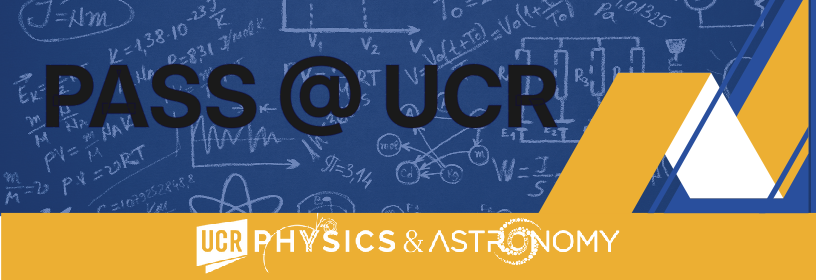
Constraining Axion-Like Particles Using Direct Collapse Black Holes
Yash Aggarwal, PhD student Monday, 12:00 pm, Conference Room (PHYS 3051) Constraining Axion-Like Particles Using Direct Collapse Black Holes Cosmic Dawn is the new pathway for Dark Matter indirect detection. During this era, axion-like particles may decay into sub-Lyman limit photons with energies ranging from 0.75 eV to 13.6 eV. These photons efficiently suppress and dissociate molecular hydrogen (H₂), the primary coolant for first star-forming halos. Without molecular coolants, halos reaching the 10⁴ K threshold can only cool via atomic hydrogen, and are driven towards the formation of Direct Collapse Black Holes (DCBHs). We demonstrate that sufficient axion decay pushes halos along the DCBH route globally, thereby presenting a part of parameter space that must be excluded to maintain consistency with the observed Universe. ...